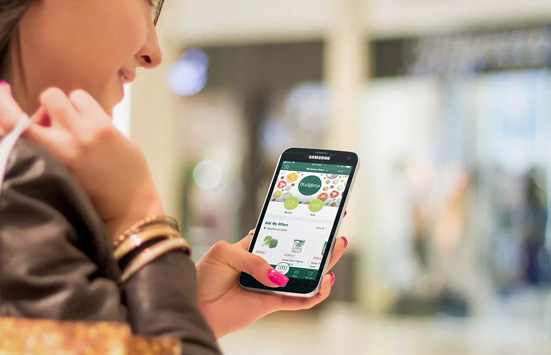Retail IoT tech can help in fight against coronavirus
- April 1, 2020
- imc

IoT technology that lets shoppers buy goods without going to a checkout can reduce the risks of catching coronavirus from using tochscreens and card payment machines in stores and supermarkets, according to retail technology company Ubamarket.
Scientists say the virus can cling to surfaces for several hours on self-service machines, such as those found in supermarket self-checkouts.
In today’s retail landscape, technology can provide the answer for hygiene and convenience concerns currently facing shoppers and businesses alike. UK firm Ubamarket is one such example of retail technology, whose mobile app and technology let consumers scan products as they shop, be guided around the store with a supermarket sat-nav, and completely bypass the tills and queues by paying for their shopping in-app.
The use of this app can reduces the amount of time spent in-store but still allows shoppers to purchase all goods and avoid any potentially dangerous contact at the tills, while enabling retailers to cater to more customers and better assess the consumer demand for all products.
The technology on offer allows staff to be deployed elsewhere in the store and, with stock levels under scrutiny during this crisis, they can replenish items and safely help more vulnerable customers.
“The outbreak of Covid-19 has highlighted a number of areas in which Britain’s grocers can improve by making the shopping experience far more hygienic and convenient for customers, not only for the current circumstances, but moving forward,” said Will Broome, CEO of Ubamarket. “Retail tech such as Ubamarket will help supermarkets to do just that, by doing away with the need for time-consuming queues, unhygienic checkouts, complicated store layouts, and confusion about where products are and whether they are in stock. What’s more, on the retailer side, stores which implement retail tech will be able to access far more in-depth and accurate consumer data, helping them to assess their behaviour, manage stock more efficiently and effectively, whilst being able to effectively communicate directly to the consumer base.”




